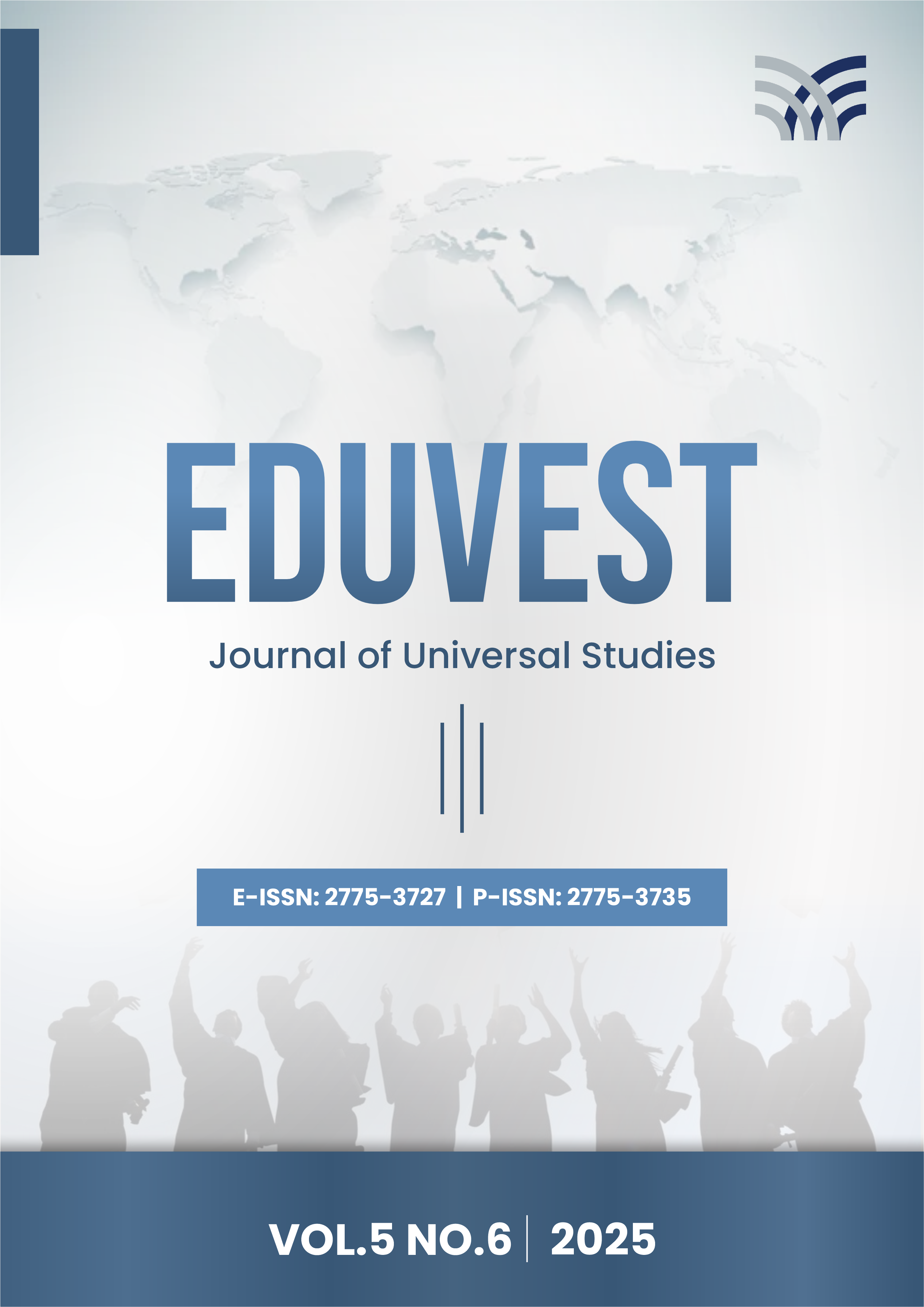Optimizing Machine Learning for Daily Rainfall Prediction in Bogor: A Statistical Downscaling Approach
##semicolon##
https://doi.org/10.59188/eduvest.v5i6.51307##semicolon##
GCM##common.commaListSeparator## Statistical Downscaling##common.commaListSeparator## Support Vector Machine##common.commaListSeparator## Recurrent Neural Network##common.commaListSeparator## Relevance Vector MachineAbstrakt
This study explores the use of machine learning models as a statistical downscaling technique to predict daily rainfall in Bogor, Indonesia. The general circulation model (GCM) is a leading tool for climate prediction, and this research applied a two-stage machine learning model to improve its predictions. The main objectives were to evaluate different GCM domains and handle missing data using two imputation approaches. The first stage involved constructing datasets with varying methods for addressing missing values, followed by the application of a support vector classification (SVC) model to classify rainy and non-rainy days. In the second stage, a recurrent neural network (RNN) model was developed to predict daily rainfall amounts. The results revealed that using random forest imputation for missing data enhanced model accuracy and reduced the root mean square error (RMSE). Among the different GCM domains, the 5 km resolution GCM data was the most accurate when compared to local station climatology. The SVC model, using a radial basis function kernel, achieved an impressive classification accuracy of 98.5%, while the RNN model achieved an RMSE of 16.19. These findings are valuable for improving rainfall predictions and can provide effective data-driven recommendations for disaster mitigation efforts in the region.
##submission.downloads##
Publikované
##submission.howToCite##
Číslo
Sekcia
##submission.license##
##submission.copyrightStatement##
##submission.license.cc.by-sa4.footer##










